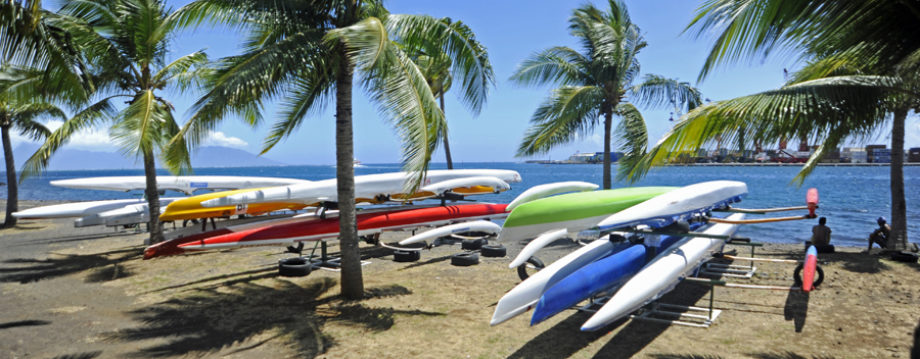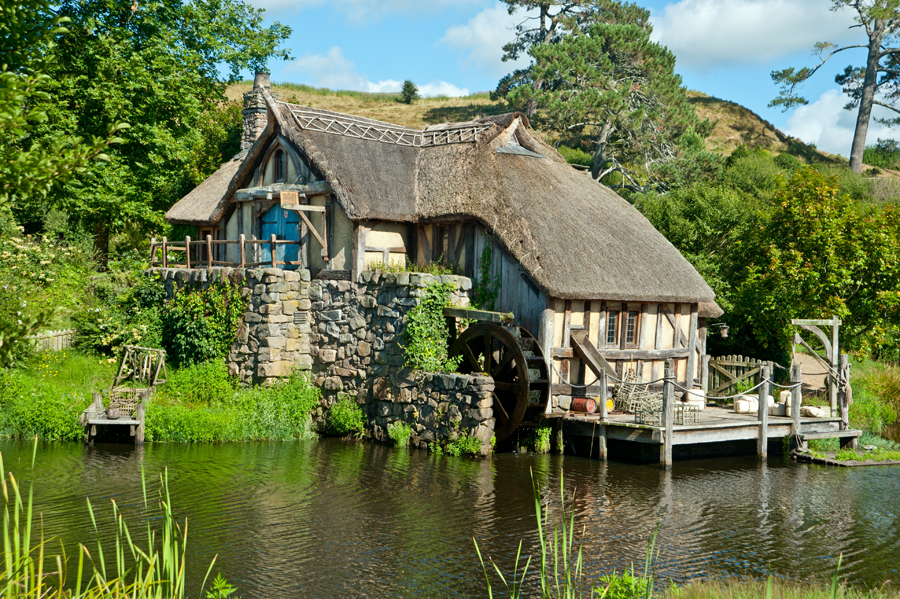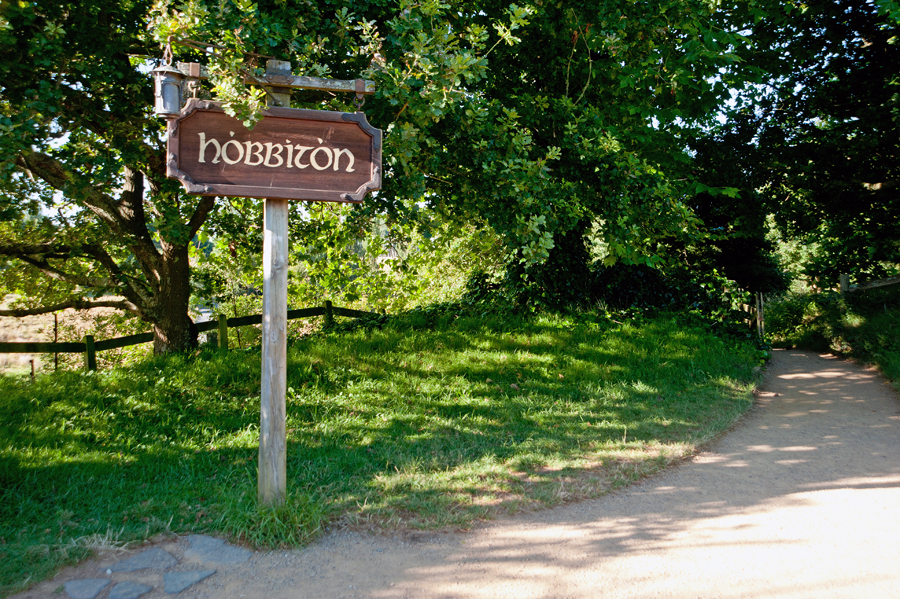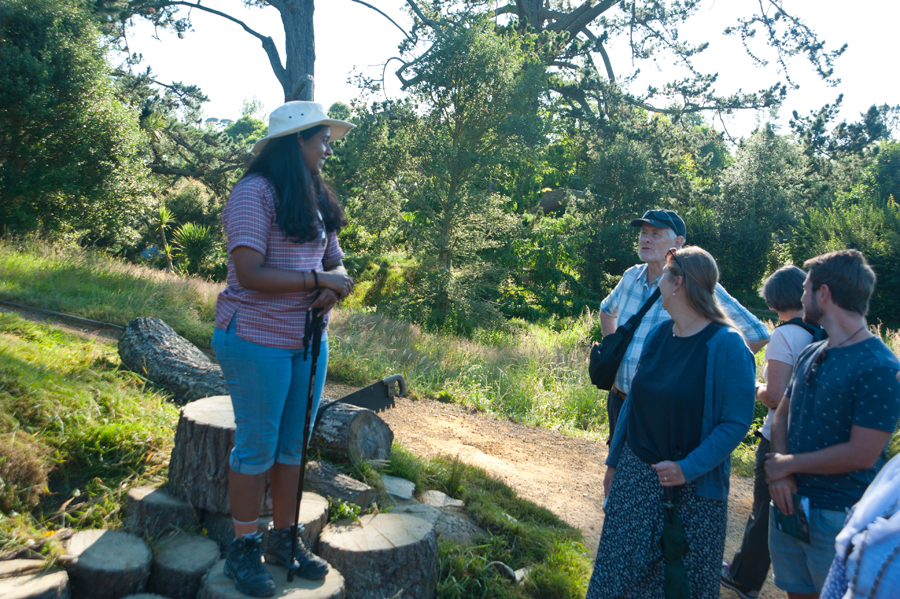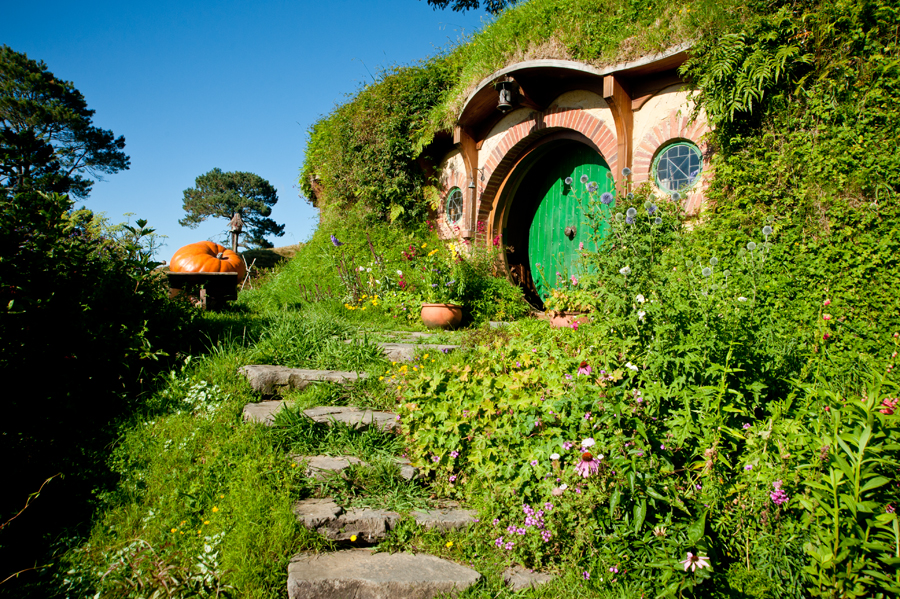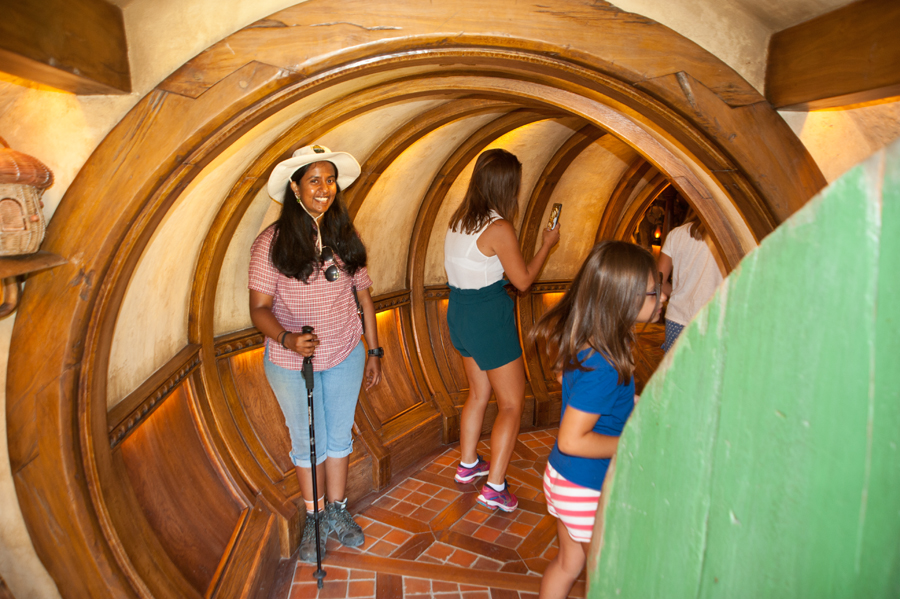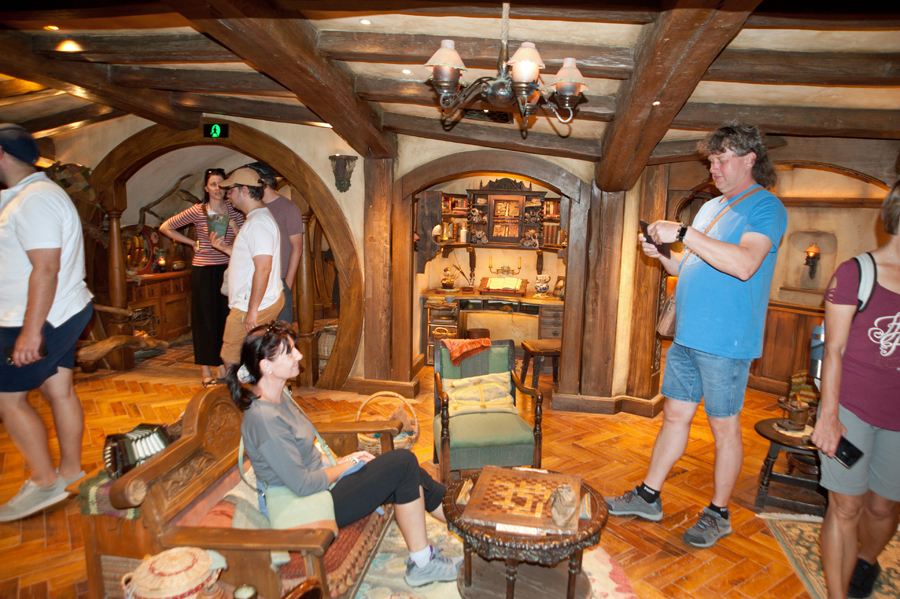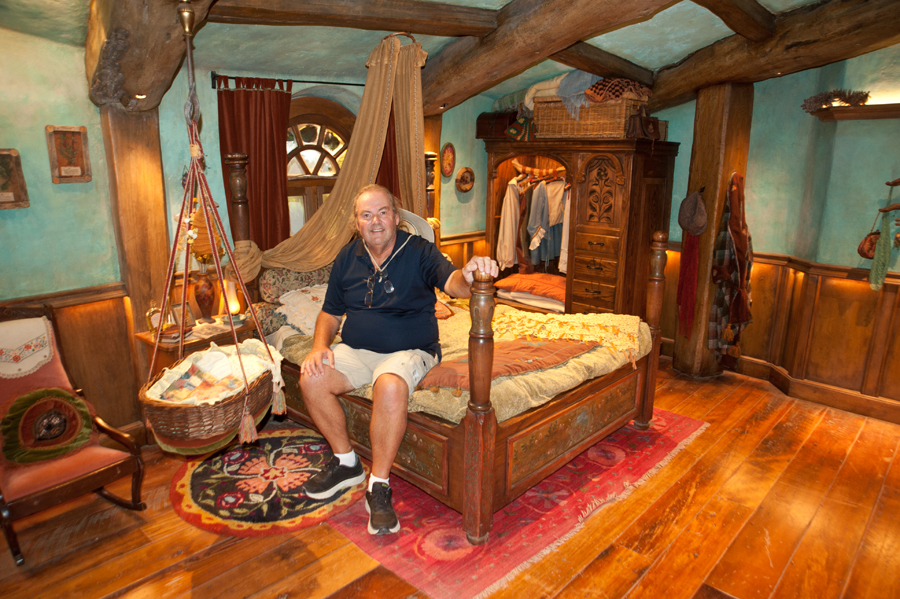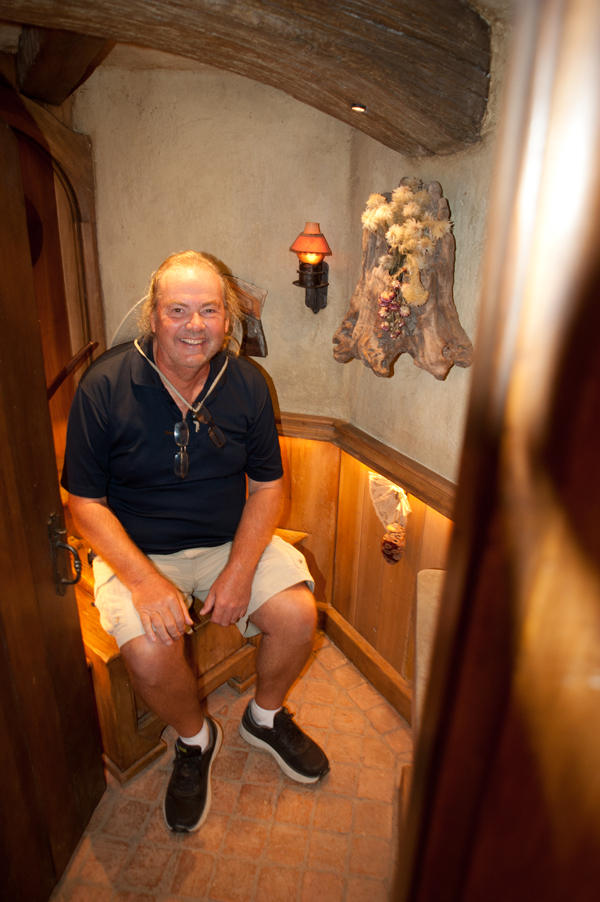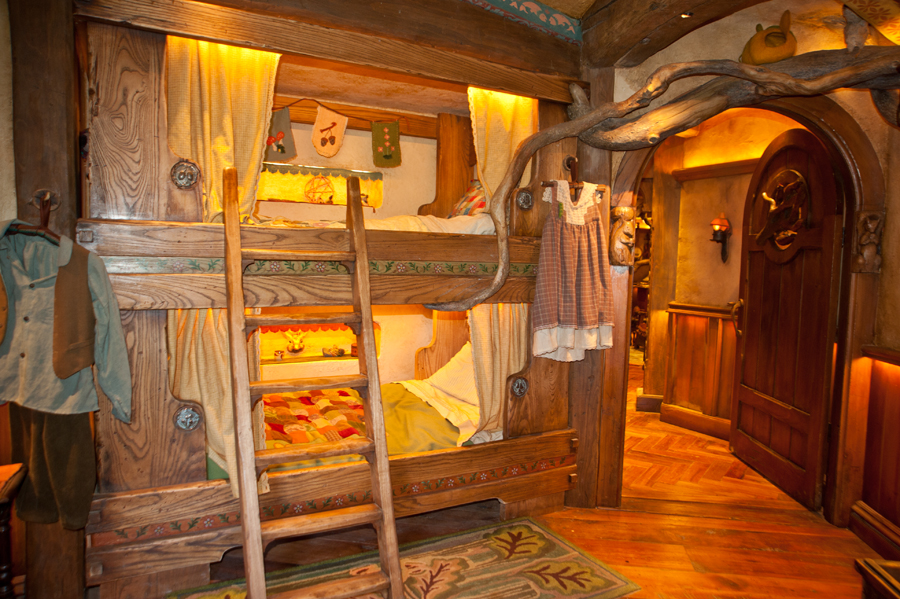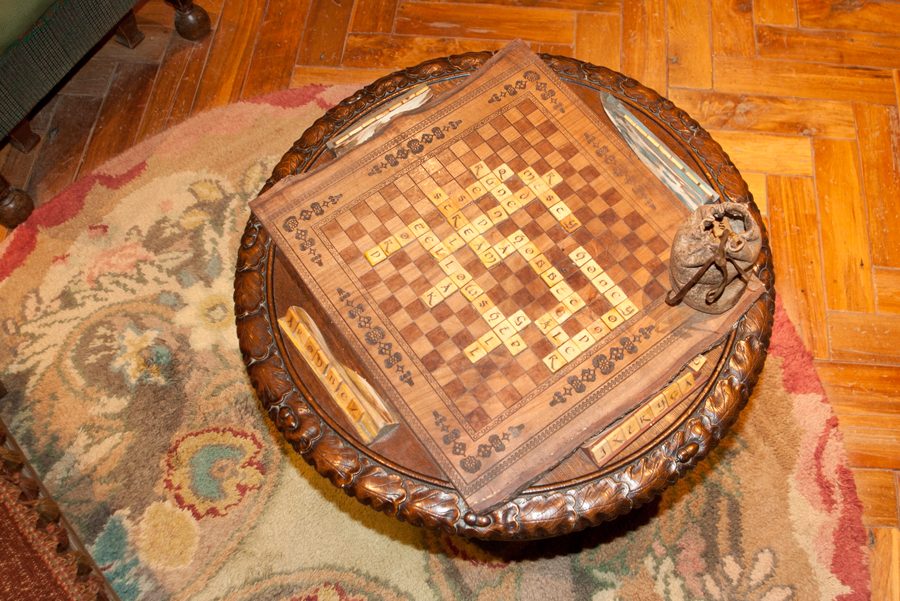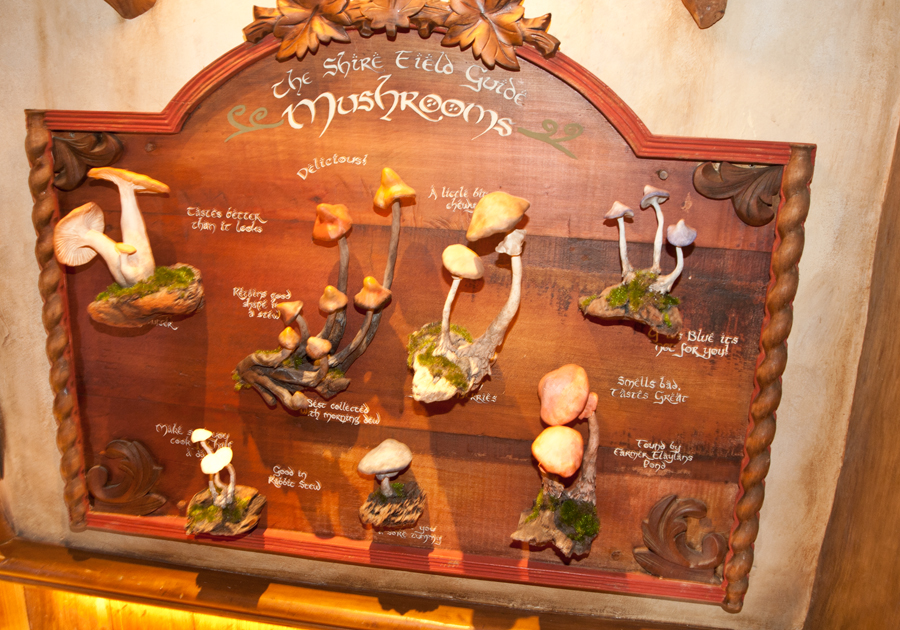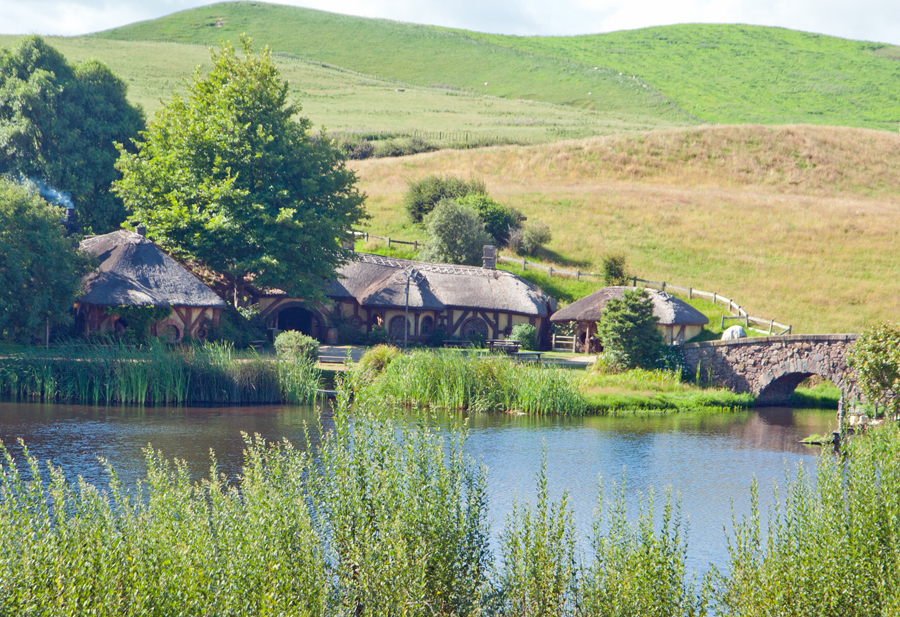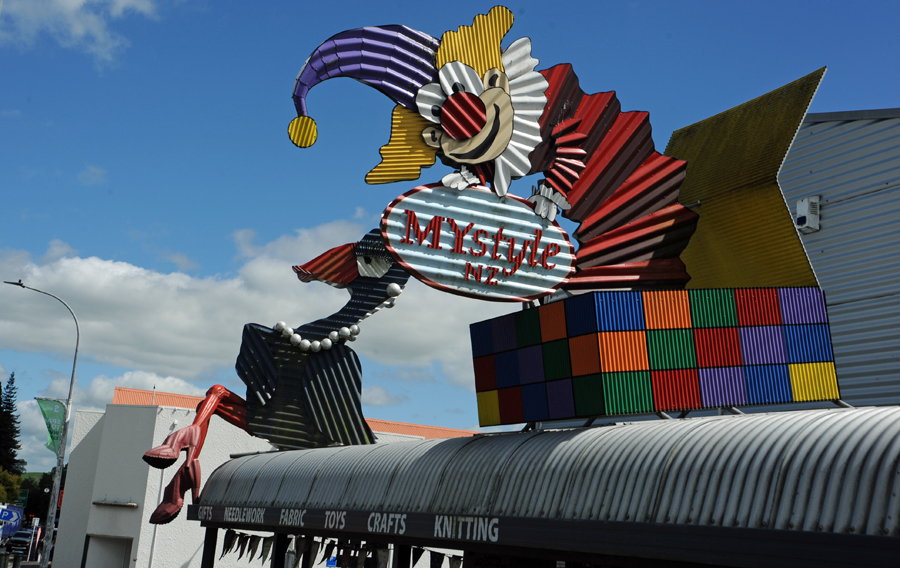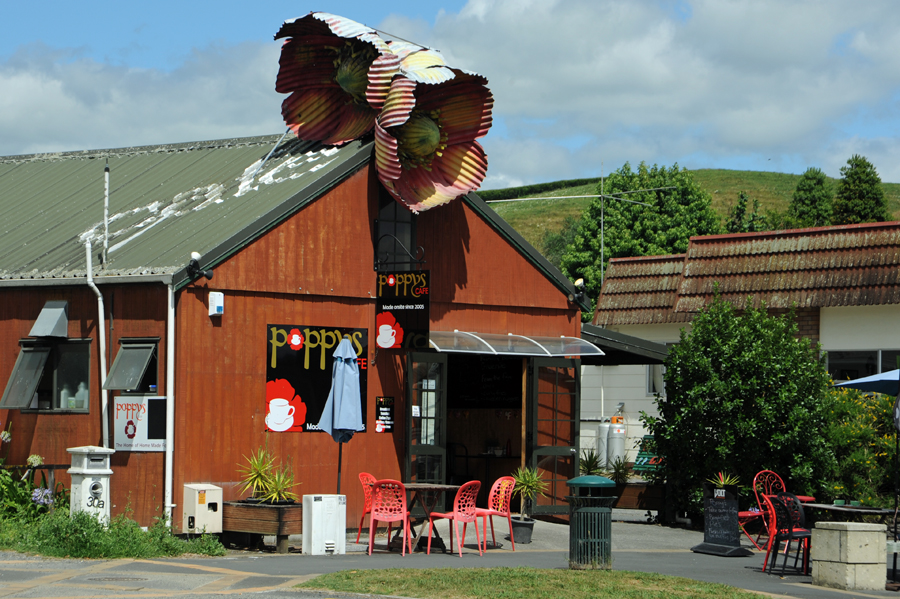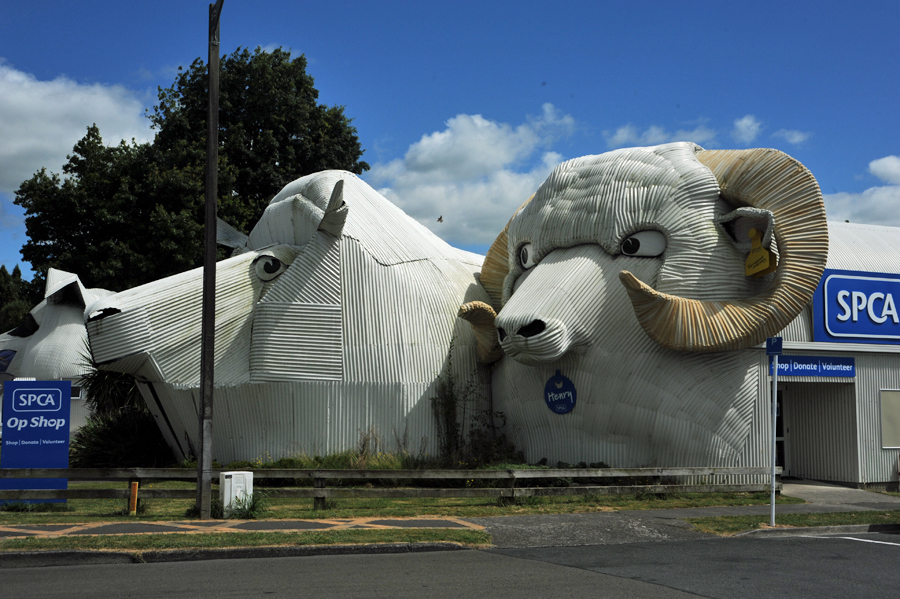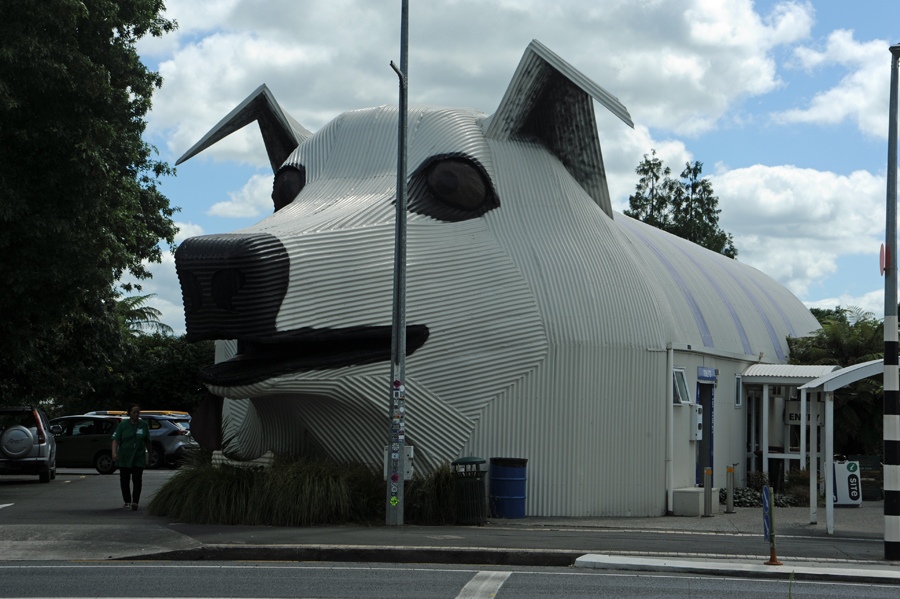Continued from Part I
The second time I was in awe this week was during a visit to Hobbiton, located in Matamata, New Zealand. Matamata was about a 40 minute drive from our AirBnB condo in Hamilton and is a world-renowned tourist destination that brings the enchanting realm of J.R.R. Tolkien’s Middle-earth to life. As the filming location for both “The Lord of the Rings” and “The Hobbit” film trilogies, Hobbiton has become a must-visit attraction for fans of the books and movies alike.
We are in no way shape or form junkies of the movie series. It was years ago when we watched the Ring trilogy. And, I don’t think we’ve ever seen the Hobbit films. But, this didn’t stop us from appreciating the 12-acre site. It was incredibly interesting.
Hobbiton far exceeded my expectations. I was thinking hokey and corny. Cindy, ever the optimist, convinced me it would be fun. She scouted out the information and booked the tickets as I grumbled in the background. But I was game. I was kinda-sorta expecting to go to a rather rundown farm where the lucky landowner hit paydirt as the movie’s scout director knocked on their door to enquire about the possibility of using the sheep and cattle farm in the movie and eventfully becoming one of New Zealand’s most visited sites. I am so glad to tell you that Hokey and Corny are so far the opposite end of the experience we had.
All of the tours are guided. This is great because the guide offers up tidbits about the movies and talks about how certain scenes were filmed. Hobbiton was actually built twice. The first time was for the Lord of the Rings trilogy. The “shire” was built as a temporary set and mostly used painted Styrofoam for the structures. After the shooting ended, the farm was put back to its original condition. Amazingly, the entire Hobbiton set represented only about 7 minutes of the entire trilogy (based on different cuts and editions). When the decision was made to film the Hobbit films, Hobbiton once again needed to be built. The possibility of building more permanent structures was discussed and ultimately decided upon. I think this was probably due to the number of people showing up at the farm after the release of the trilogy and wanting to see the “shire”.
The result was Hobbiton which took just over 2 years to build. From the moment we arrive at Hobbiton, the attention to detail and commitment to authenticity are evident. One of the fun things is to try and figure out what is real and what is man-made. For example, the wooden fences are real but the moss growing on the fence is fake. And, I swear it looks real! There is even a fake pine tree. If the guide didn’t point it out, you’d never know it’s not real.
The tour begins at the Shire’s Rest, a visitor center nestled in the heart of the rolling hills of the Waikato region. As you can imagine, the road to this place is a winding narrow road in the “middle of nowhere”. The journey truly begins when you board a Hobbiton bus, transporting you through the picturesque countryside to the actual film set. Each bus seats 41 people. They leave every 10 minutes and the NZ$120 tickets are sold well in advance. Do the math, that’s NZ$29,520 per hour. I imagine the farm owner never regrets the day the movie scout came a knockin’.
We had a little bit of trouble getting a ticket. We tried about 2 weeks out and found ourselves limited to the first tour of the day on Friday. This meant we needed to leave our rented condo at 6:30 am to arrive at Shire’s Rest by the required 7:30 check in. This was the first tour of the day and it turned out to be a blessing.
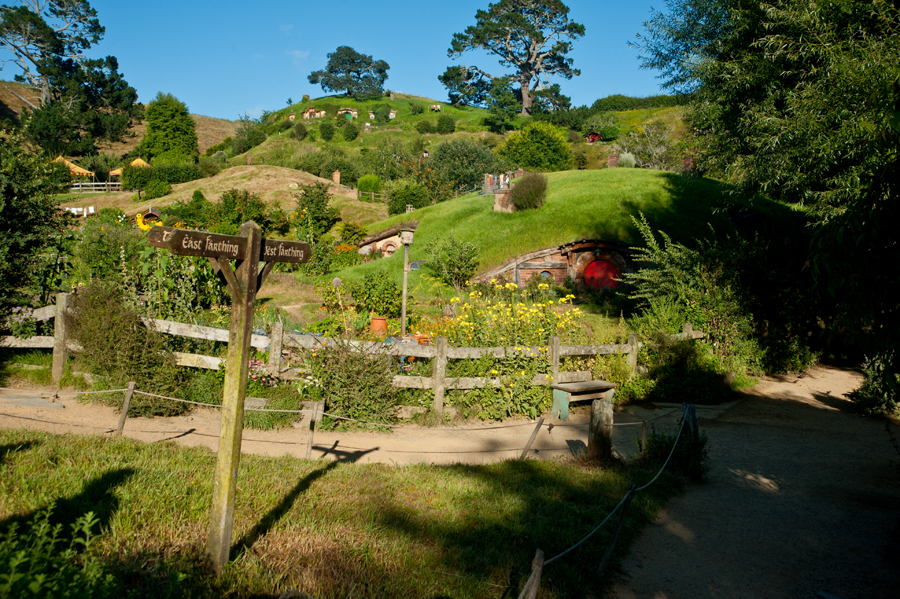
Our first view of Hobbiton. Our guide said she never ties of watching peoples faces as they first see this. It’s the first “wow”moment of many to come
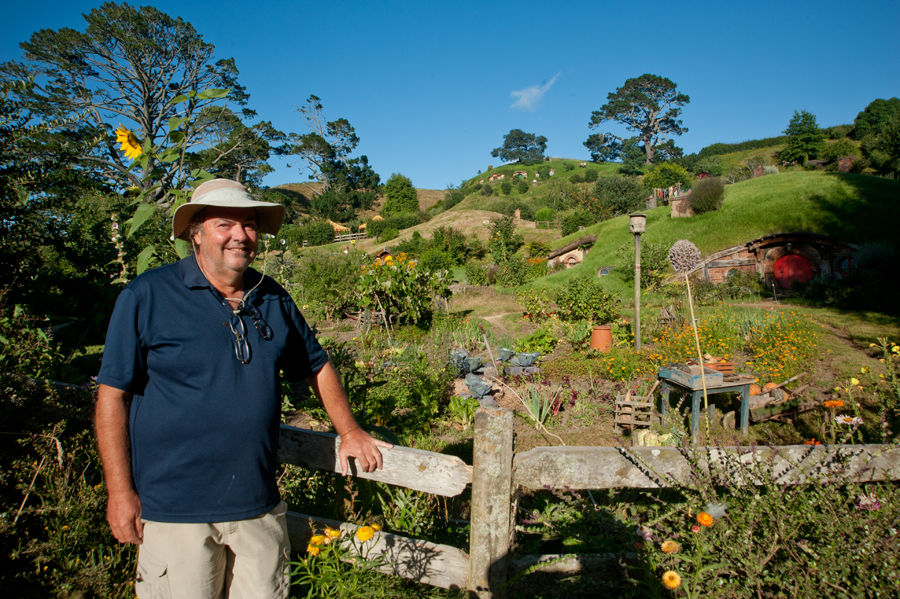
The wooden fence I am touching is made of wood. The moss on the fence isn’t real. It’s concrete dyed to look like moss.
Being the first tour, our first view of the Hobbit holes was with no other tourists in sight and honestly felt like we were “in” the movie. Nestled into the lush green hillsides, the intricately designed hobbit houses are a testament to the craftsmanship that went into creating the cinematic masterpiece. Each hobbit hole is unique, with its own distinct characteristics, colors, and garden arrangements. Our guide challenged us to guess the various trades of the Hobbit hole occupants by the paraphernalia outside. The baker, fishmonger, and beekeeper’s holes were all pretty easy, others not so much. Another thing our tour guide did was ask everyone where they were from when we stood together as a group at the beginning of the tour. The answer: all over the world. Very few in the group had children which might have had to do with being the first tour of the day.
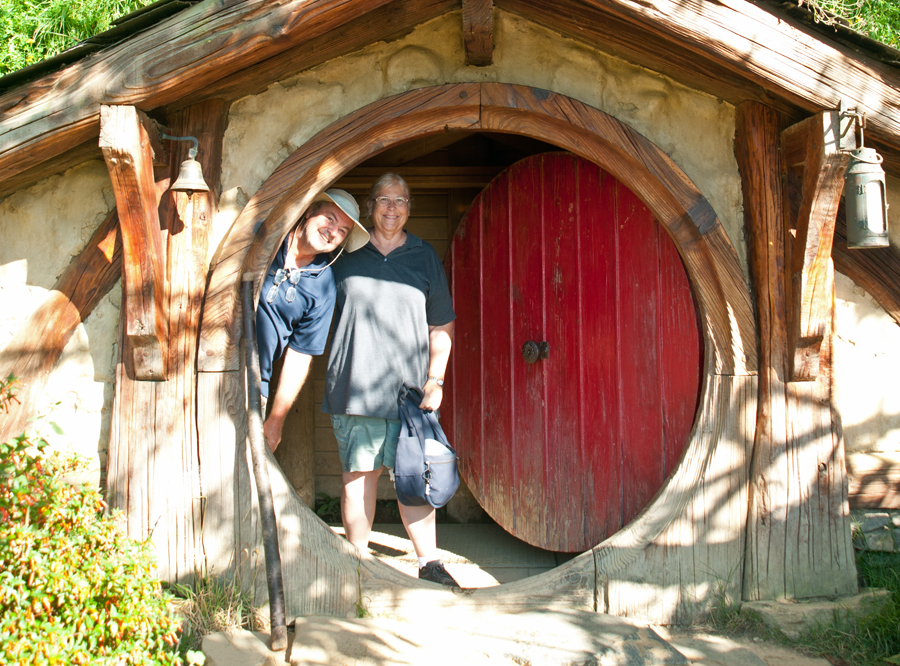
Sanusha offers to take pictures when we see an open door. The hobbit holes are all different sizes. This is a larger one so we look like hobbits. The smaller ones make us look large and human size.
The attention to detail is awe-inspiring. From the well-tended gardens to the rustic wooden fences, every element of Hobbiton reflects the meticulous work of the set designers. The vivid colors of the doors and windows, the inviting smoke rising from chimneys, and the lush landscape all contribute to the immersive experience. It is easy to forget that Hobbiton is a movie set; the level of detail makes it feel like a living, breathing village. Since we had nobody ahead of us on the tour, it really felt like we were entering a real hobbit village. Truly an amazing experience.
One of the highlights of the tour is the visit to Bag End, the home of Bilbo and later Frodo Baggins. Perched atop the hill, Bag End offers breathtaking panoramic views of the surrounding countryside.
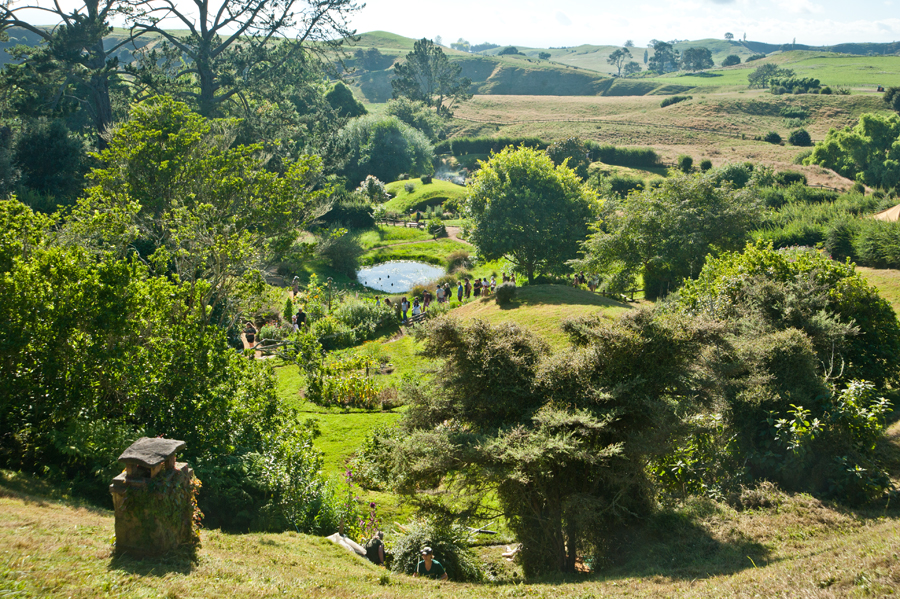
The view from Frodo’s hole is fantastic. In the movie, Frodo ran down this hill and jumped over the fence at the bottom where you can see the tour group behind ours
A new feature of the set is the ability to step into a home. The other homes used in the movie do not have insides. It is an illusion. During the movie, all of the interior scenes were sets built in a studio. None of the holes in the Shire were in fact real. If the door was cracked open, only the first couple of meters (what you could see) was made to look real. We were some of the first to be able to experience the new attraction as it just opened in December. Inside, the attention to detail once again is awe-inspiring.
The interior looks like the movie scenes. The attention to detail extends to the smallest props, from the well-worn furniture to the intricate decorations on the walls. The floors are distressed. There is soot on the hearth of the fireplace (real fire). The bed cover looks worn. The furniture looks used. I know I keep saying this but, it really felt like we were in the movie. I half expected to see a Hobbit come in and say hello.
Throughout the guided tour, our guide shared behind-the-scenes anecdotes and trivia, offering a fascinating glimpse into the filmmaking process. We learned about the challenges of creating a sustainable and functional set in a working sheep and cattle farm and gained insight into the ingenious techniques used to create the illusion of different scales for hobbits and humans. Keep in mind that only 1% of the Alexander family 1200-acre farm is used as the set.
At the end of the tour is the Green Dragon Inn. In the movie, this was shown burning. This was not a special effect. After the first series of films, the building was removed as the farm was restored to its original form. The building was actually burned on purpose. When the new sets were being built for the Hobbit series, a real building was built. It is not small like the other buildings. It is human size.
As a bit of a photography buff, I find myself in paradise at Hobbiton. Every angle provides a picturesque shot, and the changing light throughout the day adds an extra layer of beauty to the scenery. The site is a testament to the collaborative efforts of the filmmakers, set designers, and the natural beauty of the New Zealand landscape. You will hear the word “wow” uttered a lot from your tour group.
While Hobbiton is undeniably a haven for fans of “The Lord of the Rings” and “The Hobbit,” its appeal extends beyond the dedicated fandom. The sheer beauty of the landscape, the artistry of the set design, and the immersive storytelling make it a captivating destination for anyone seeking a unique and enchanting experience. We had a couple of Trilogy/Hobbit nerds in our group and they loved every minute.
After our time in Hobbiton, we thought we’d grab an early lunch. The day before, we passed through a town late in the day that looked unique. We made a note to return. We set off for Tīrau.
Tirau is at an intersection of two major road arteries, Hwy 1 and Hwy 5. A local artist settled in the town and realized with a little incentive they could have passersby stop there and take in the town’s offering.
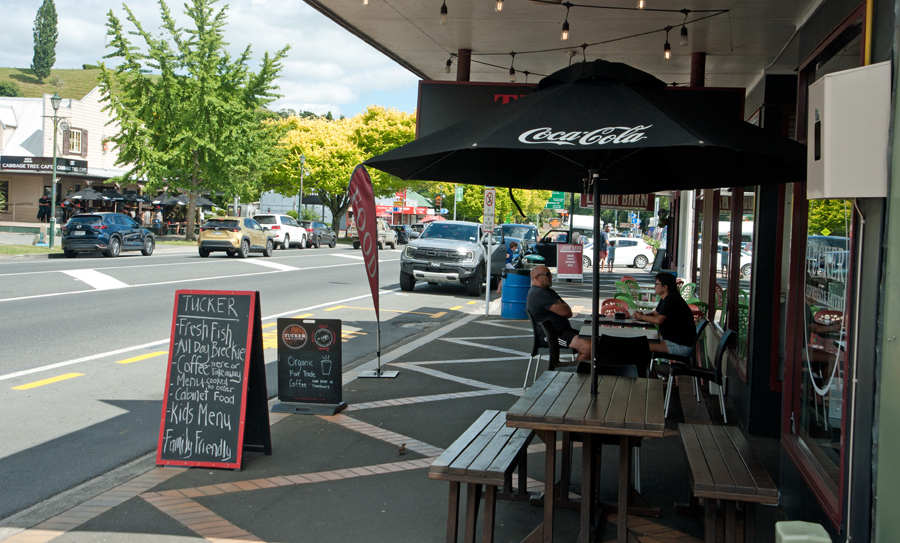
Tucker Bar and Eatery is nothing fancy on the outside but the food is incredible – rated top on TripAdvisor and Google
Tīrau’s distinctive corrugated iron sculptures are Jeff Thomson’s contribution. He is known for his creative use of corrugated iron in sculptures, and his work has left a lasting impact on the town of Tīrau. The iconic corrugated iron structures include the Big Sheep and Big Dog sculptures. He has also helped design many of the store signs adding color and humor. The town became a destination rather than a place to pass through. They offer a large assortment of cafes and restaurants one of which we had lunch.
Our lunch was awesome. We had pork tacos with a 5-spice recipe. Cindy made sure to tell the chef it was the tenderest pork we’d eaten in quite some time. We found Tucker Bar and Eatery purely by a Google search and ranking area restaurants by reviews. We paid it forward by adding another great review for them.
